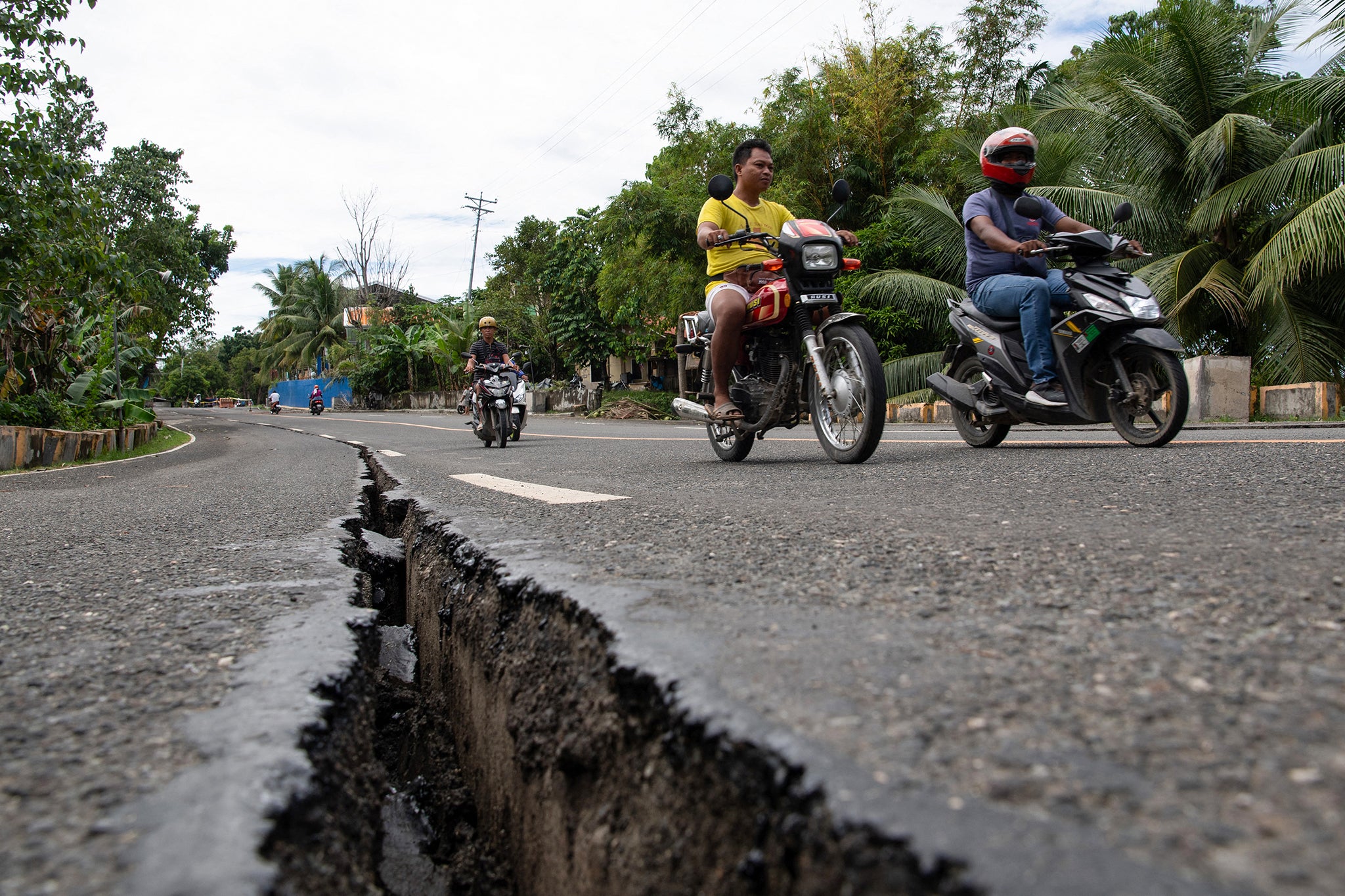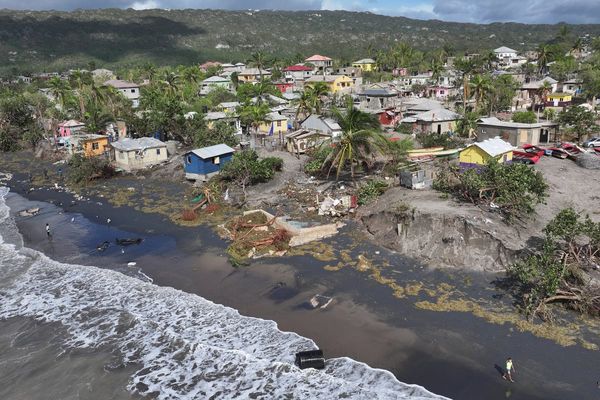Authorities in Philippines urged calm after panic gripped citizens over the “looming” possibility of a massive quake even as the nation recovered from a string of earthquakes that caused widespread damage in the recent weeks.
In the past month alone, strong earthquakes rattled several parts of the Philippines, damaging buildings, cutting power, and injuring dozens of people. A magnitude 7.4 earthquake that struck off the Davao Oriental municipality in early October sent residents rushing into the streets and triggered minor landslides, power outages and structural cracks in homes and public buildings.
In Cebu province, a magnitude 6.9 quake damaged roads and bridges, while schools suspended classes for safety inspections. Smaller tremors have also been felt in Luzon, including a magnitude 5.1 quake in Zambales and a 4.4 in La Union, which caused minor damage to houses and churches but no major casualties.
Now, the likelihood of a “big one” quake has gripped the nation, even though officials at the Philippine Institute of Volcanology and Seismology said there was no cause for panic.
Classes have been suspended for the remainder of October in the Laguna province in light of “looming earthquakes”, according to governor Sol Aragones, reported the South China Morning Post. He later clarified that the time off would be used to “inspect the structural integrity of school buildings”.
Earlier this month, 40 high school students were brought to the emergency unit in Baguio City following a 4.4-magnitude earthquake in the coastal province of La Union, said Ted Herbosa, department of health secretary, calling the incident “mass hysteria”.
“We were overwhelmed. We had to put up tents, but all of them were just suffering from what we call hyperventilation syndrome or hysteria. It was mass hysteria,” he said at a public briefing, according to SCMP.
A major study led by a government agency estimated that a magnitude 7.2 quake along the West Valley Fault – part of the Marikina Valley Fault System in the Philippines – could cause about 34,000 deaths, more than 100,000 injuries and severe damage to hundreds of thousands of buildings and homes across the capital region.
A fault is a fracture or zone of fractures between two blocks of rock. Faults allow the blocks to move relative to each other. This movement may occur rapidly, in the form of an earthquake, according to the United States Geological Survey.
The West Valley Fault passes through or near densely populated areas including Quezon City, Marikina, Pasig, Makati, Taguig and Muntinlupa, and extends into Bulacan, Rizal, Cavite and Laguna – making it one of the highest-risk earthquake zones in the country.
The fault’s last known major movement was in 1658, and the recurrence interval – the time between major quakes – is estimated at 400 to 600 years. This means scientists consider it “due” for renewed movement any time between 2058 and 2258, though there remains a large uncertainty.
Teresito Bacolcol, director of the Philippine Institute of Volcanology and Seismology, said there was no cause for panic, stressing that the recent tremors were not connected and that seismic activity across the country remained within normal levels.
“This is normal. It’s just that there have been several strong earthquakes people have felt lately, but everything is normal,” he said to broadcaster ANC in a mix of Filipino and English.

Mr Bacolcol said while a large earthquake on the fault is inevitable at some point, it cannot be predicted with precision. “Of course there is uncertainty – give or take several decades. It could happen earlier; that’s why we’re saying we should be ready for the Big One,” he told ANC.
The Philippines experiences around 30 earthquakes a day on average, most too small to be felt, because it lies on the Pacific Ring of Fire – one of the world’s most seismically active zones.







